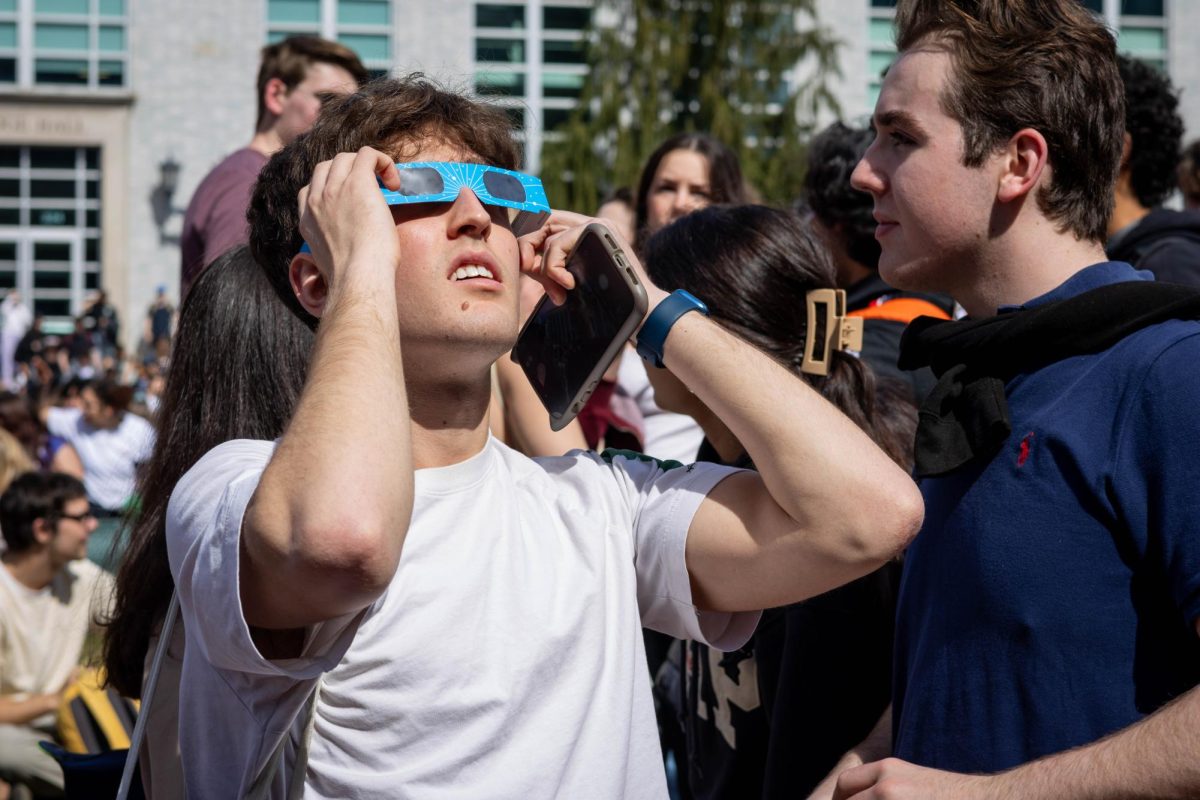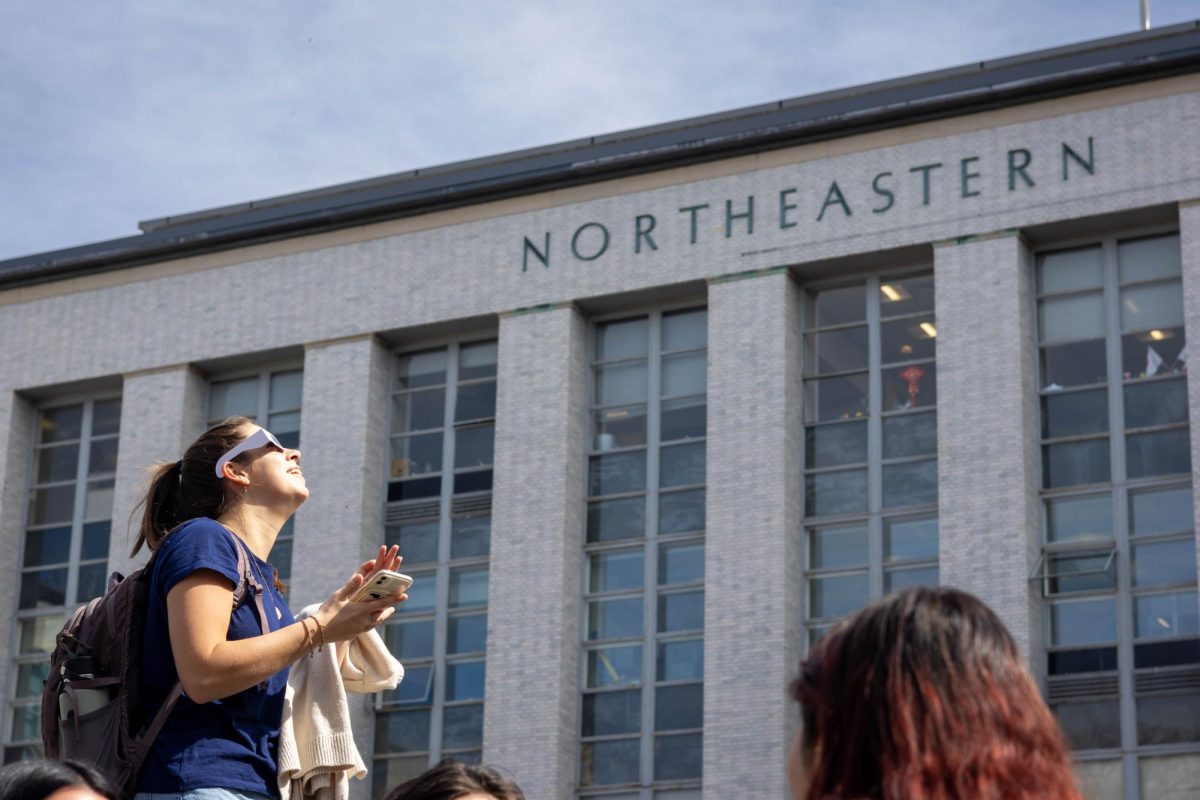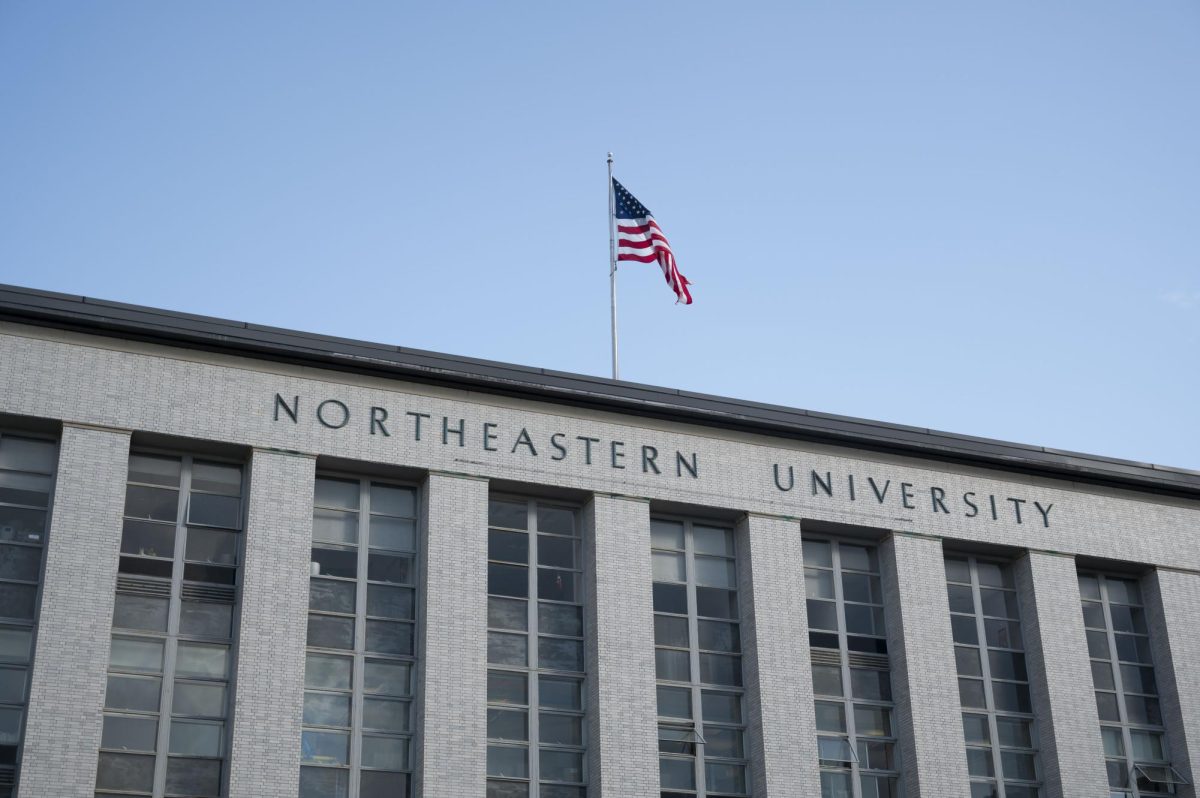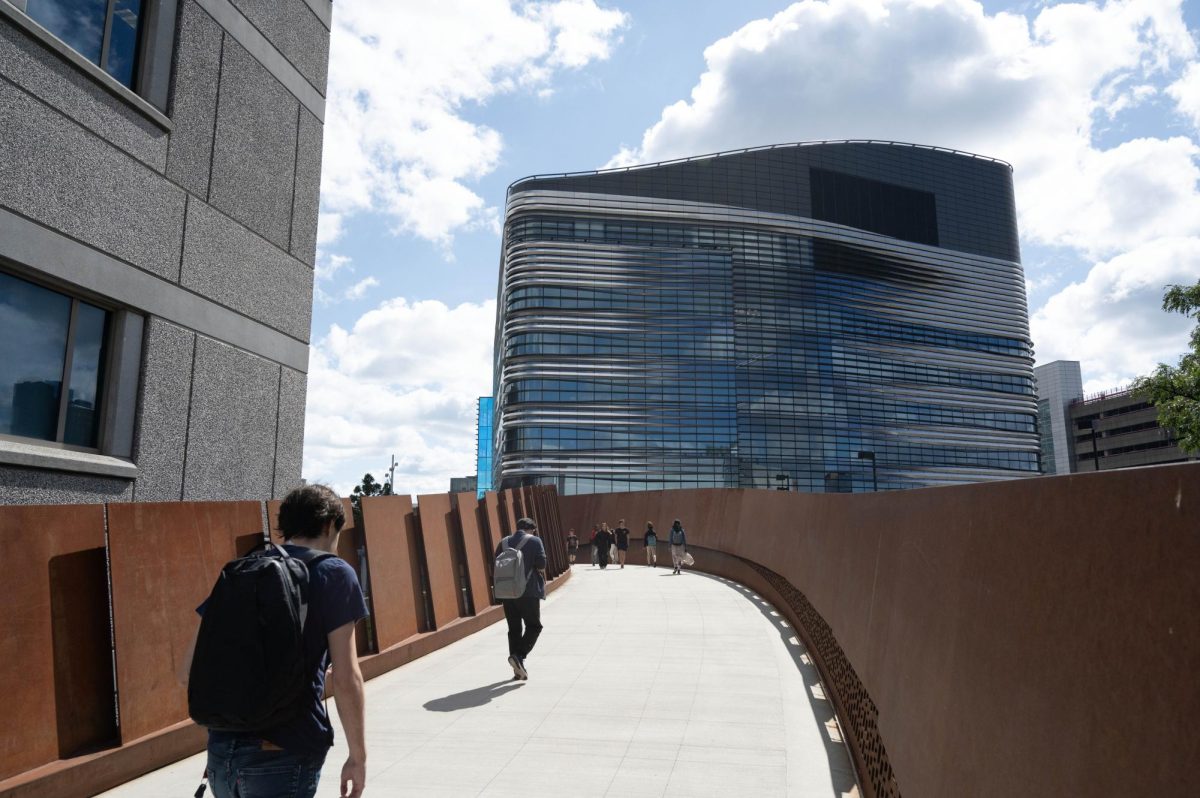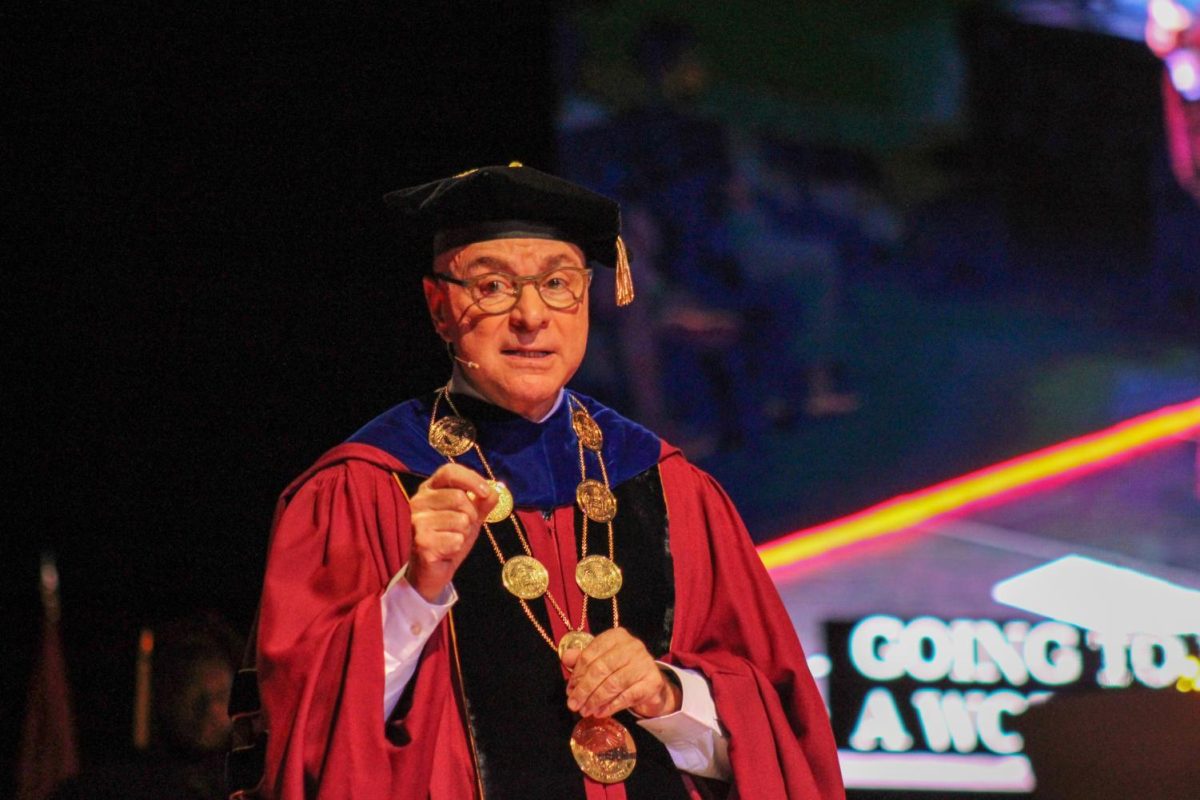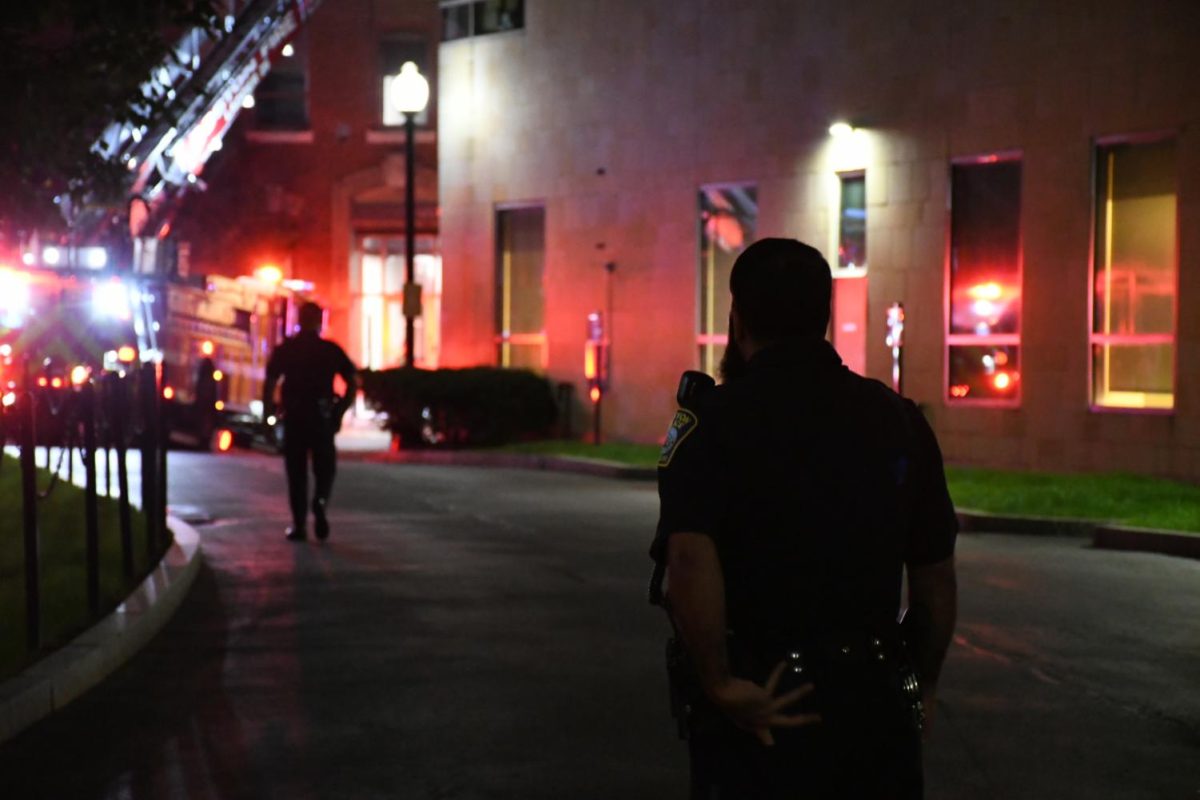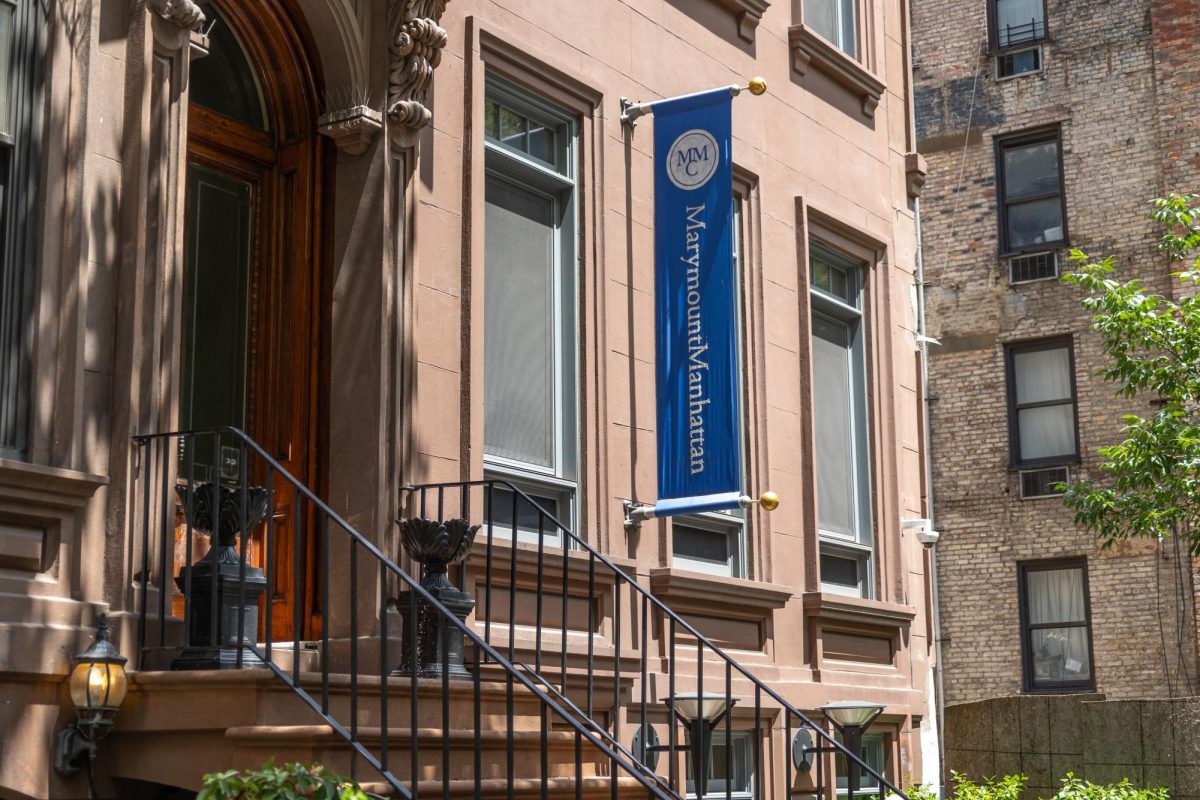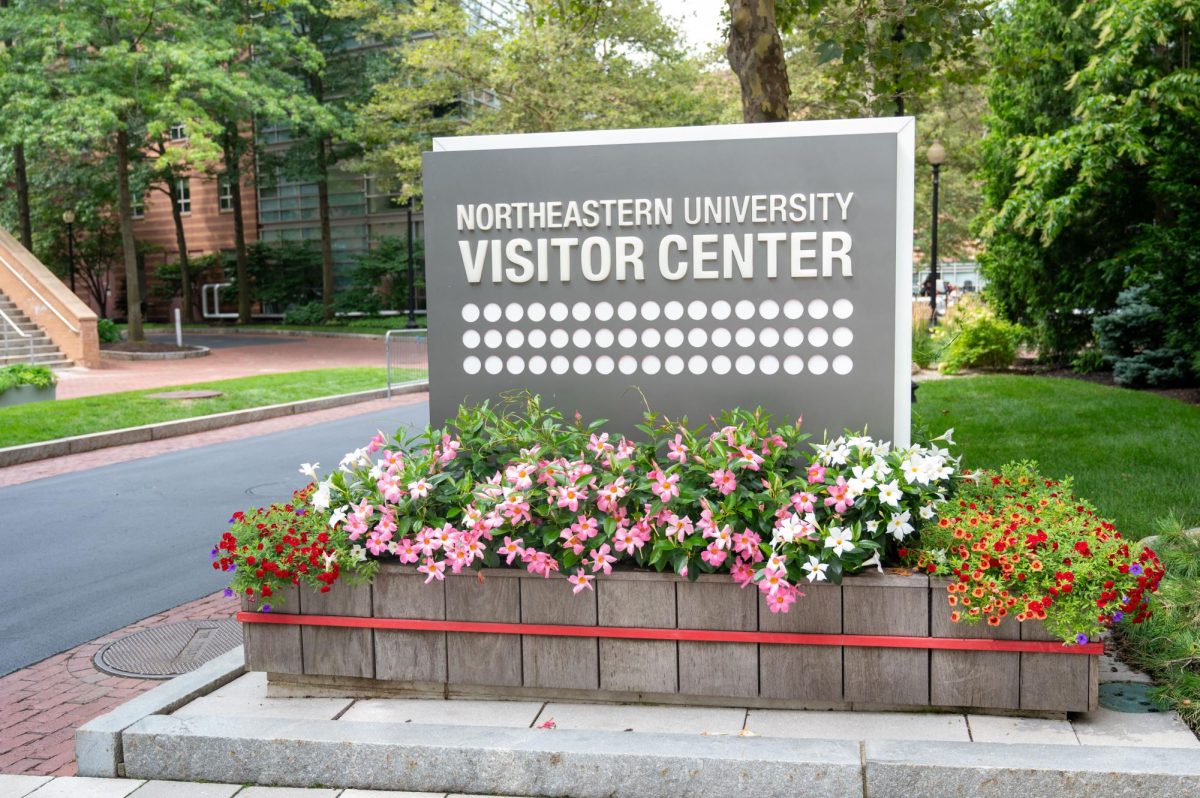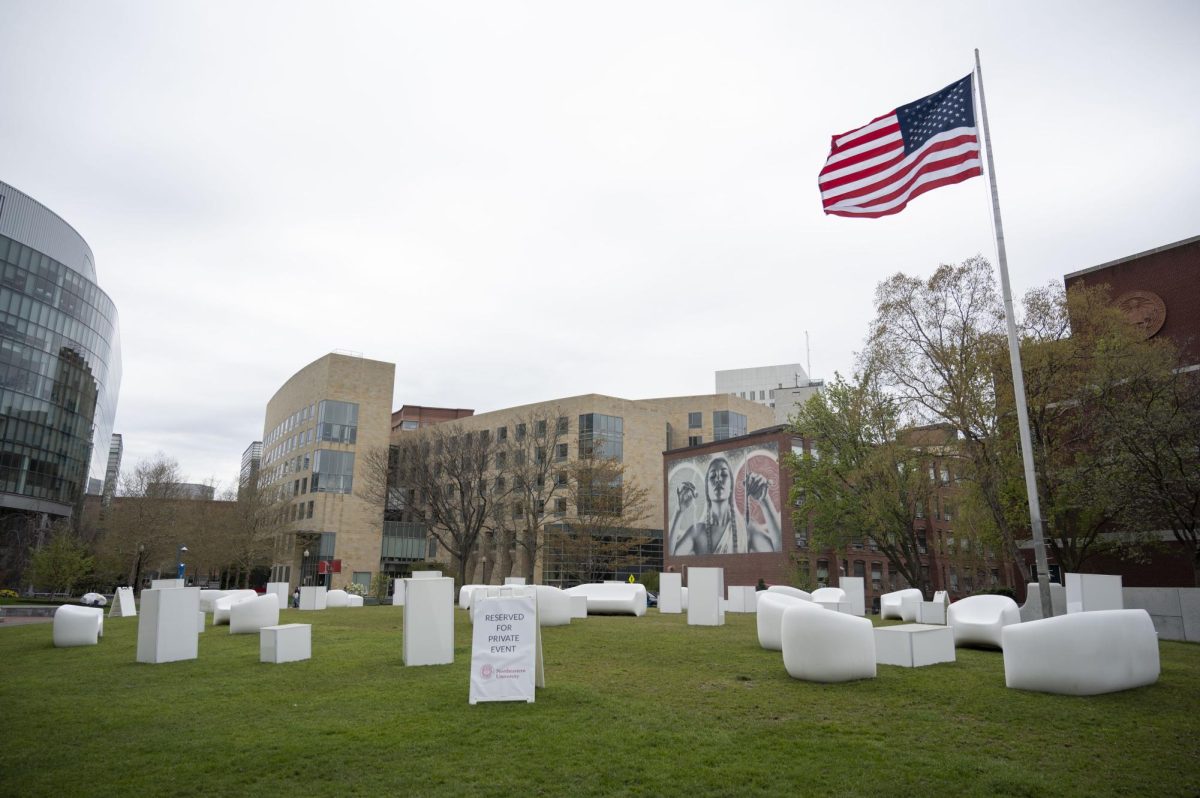Students gathered across campus to witness the total solar eclipse Monday, and though 8% of the sun was visible to Bostonians, students clapped in delight at the near-total darkening of the sun. A total solar eclipse last occurred in the United States seven years ago in August 2017, further making the event a celebrated spectacle.
According to NASA, a solar eclipse takes place when the moon, sun and Earth’s gravitational paths align, causing the moon to temporarily block the sun’s rays. Totality, or the duration of complete obstruction of the sun, varies from place to place.
Totality and totality percentages represent how much of a total eclipse can be seen from a certain location. Boston residents witnessed a 92.4% totality, while people in states within the path of totality, such as Maine and Texas, observed a 100% total solar eclipse.
Despite being 8% from totality, students on campus spent the afternoon spreading picnic blankets, crafting foil hats, making DIY eclipse boxes and sunbathing. Many professors chose to cancel or end classes early in honor of the astronomical event.
Students flooded Robinson Quad, the Curry Student Center terrace and Centennial Common, many bringing cameras and telescopes to watch.
Northeastern organizations including the Alliance for Diversity in Science and Engineering and the Students for the Exploration and Development of Space, or SEDS, handed out International Organization of Standardization, or ISO, certified eclipse glasses. Solar eclipse glasses are made out of a special filter, which blocks out harsh ultraviolet rays and protects a person’s eyes when looking at the sun. Supplies ran out almost immediately due to popularity, resulting in people sharing glasses.
Once the eclipse reached 92.4% totality at 3:29 p.m., the crowd cheered and clapped on Krentzman Quad and before returning to their personal activities.
The next total solar eclipse to occur over North America is estimated to take place in August 2044.
Editor’s Note: The News replaced two photos from the gallery April 9 due to the photographer’s personal relationship with the subject.







